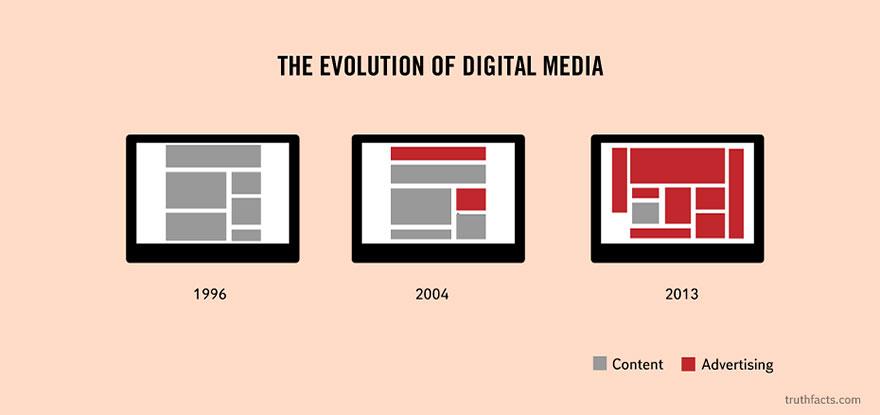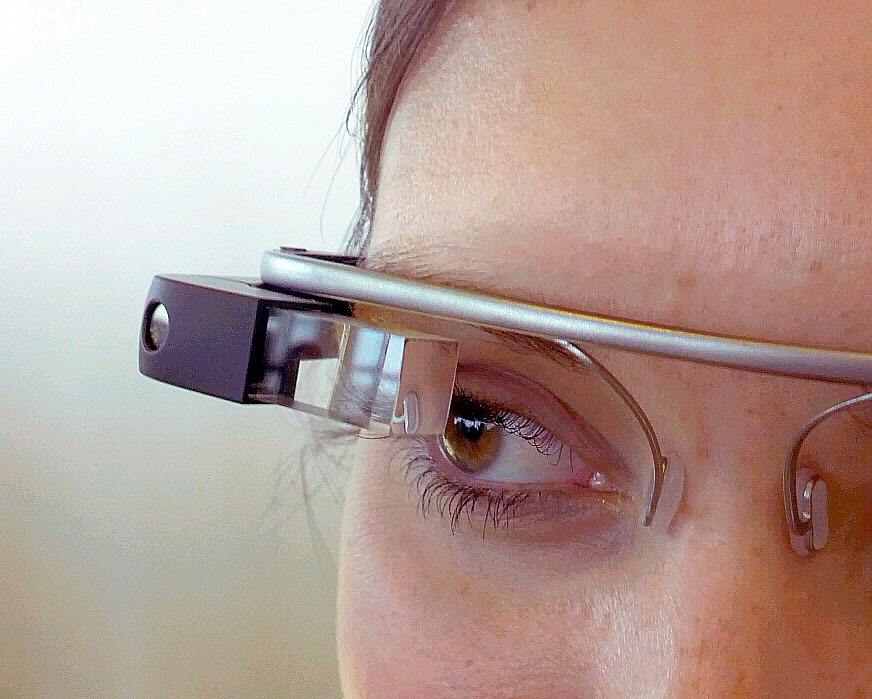In my group, the Networkers, we are working with Professo Doggett on producing a website for his Alumni trip to Ireland this summer. When meeting with Professor Doggett, he was explaining to us how he wanted the people on his trip to be able to be standing in a particular place, for example, in front of the General Post Office in Dublin, and be able to pull up information on their smart phones or tablets about the history of that site, access to writings and poems about that site, old photos and documents pertaining to the site.
We agreed that it would be very beneficial for the people on his trip to have that information so readily available to them in that way while they explored Ireland. However, the problem Professor Doggett is facing is that in order to avoid astronomical phone bills, the people on his trip would have to have access to wireless internet in order to get that information, and wireless internet is not always available. When I was in Europe last summer on a study abroad trip the only time I had access to FREE wireless was when I was in my hotel, and even then it was unpredictable.
However, there are actually devices that you can buy, anywhere from $25 to upwards of $100 that allow you to access a wireless hotspot. It begs the question of how far will people go to make sure they are always “online.” I saw an article that talked about the weirdest places wifi hot spots are found on Earth that include Mount Everest, outer space, the North Pole, beaches, phone booths, and even cemeteries, among other places:
http://www.telegraph.co.uk/travel/destinations/northamerica/canada/10795532/The-worlds-weirdest-Wi-Fi-hotspots.html
The cemetery one really threw me, but the article cited that people liked having a hot spot there to be able to research geneaology. And then it kind of made sense. We live in a world where people are constantly “googling” the answers to the most basic questions. I have not been able to watch a movie since getting a smart phone without at some point before, during, or after the movie looking through imdb on my phone to look at information on the cast and interesting facts about the film. We are living in a time where people like and expect to have access to information at the drop of a hat, or rather the click of a button, and these wifi hot spots are incredibly useful for that.
I’ll admit that for the first week I was abroad last summer I was completely lost without my 24/7 access to imessage, facebook, instagram, and email. I even cried one night when the hotel free wireless had been down for a few days and I was feeling very disconnected from home. Technology has become a tool that is hard for us to live without, and I don’t necessarily think that’s such a bad thing. While there are many arguments that we are TOO attached to our devices, I think there are also ways that these devices are improving our lives. Professor Doggett’s idea is a brilliant one that could change the way we look at study abroad, and I think in the near future it will be an idea that many have the resources to pull off, making learning in a foreign place much more efficient.





















